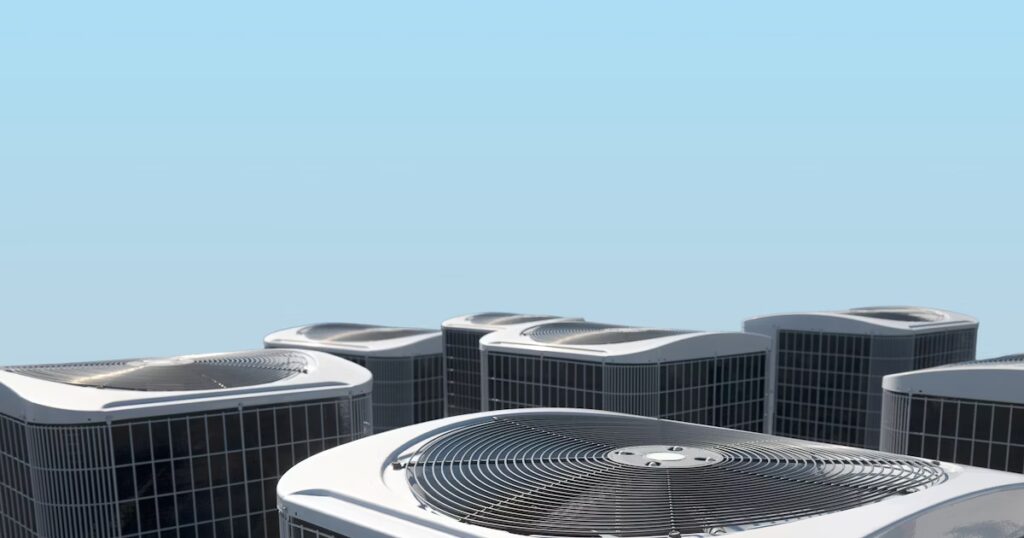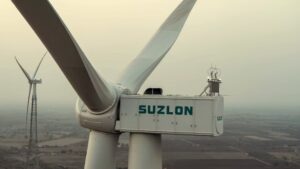The Cool Solution: Why Singapore Businesses Are Turning to Temporary Cooling Systems

The strategic deployment of rental chillers has become a game-changing solution for Singapore businesses facing cooling emergencies, planned maintenance shutdowns, or temporary capacity expansions. Walking through the island’s industrial parks or peering behind the sleek glass facades of its commercial buildings, you’ll find these powerful machines humming efficiently, providing critical temperature control that keeps operations running when permanent systems cannot. This shift toward flexible cooling solutions represents not merely a contingency strategy but a fundamental rethinking of how organisations approach their HVAC infrastructure.
Beyond Emergency Backup: The Strategic Case for Temporary Cooling
Modern rental chiller solutions have evolved far beyond their traditional role as emergency stopgaps:
- They function as planned capacity extensions during peak demand periods
- They provide seamless cooling continuity during major system upgrades
- They serve as cost-effective solutions for short-term projects and events
- They offer testing platforms for evaluating new cooling technologies
- They deliver supplemental cooling during Singapore’s increasingly intense heat waves
“We’re seeing a fundamental shift in how businesses approach their cooling infrastructure,” explains a veteran mechanical engineer who has designed temperature control systems across Singapore for two decades. “The most forward-thinking facilities managers now view rental equipment as a strategic component of their overall HVAC planning.”
The Economic Logic of Renting versus Owning
Singapore’s competitive business environment demands capital efficiency that permanent system ownership sometimes fails to deliver. The financial case for temporary cooling solutions has never been more compelling.
The ability to access precisely-sized cooling capacity without the substantial capital investment of system ownership provides significant financial flexibility. For seasonal businesses, event venues, or projects with defined timelines, renting delivers cooling precisely when needed without the ongoing maintenance and depreciation costs of owned equipment. Meanwhile, organisations can redirect capital to core revenue-generating activities rather than infrastructure that may sit idle for extended periods.
Navigating Singapore’s Unique Cooling Challenges
The environmental conditions in Singapore present distinctive challenges for maintaining optimal temperatures:
- Year-round high ambient temperatures increase cooling system workloads
- Extreme humidity levels demand sophisticated moisture management
- Monsoon seasons require equipment with superior weather resistance
- Urban density creates installation challenges in space-constrained environments
- Stringent energy efficiency regulations necessitate advanced equipment specifications
“Understanding Singapore’s climate profile requires both technical expertise and local experience,” notes a cooling systems specialist who has implemented temporary solutions across the island. “Professional chiller rental providers serve as partners in managing these complexities, ensuring systems perform optimally even under the most demanding conditions.”
Technological Advances Transforming Temporary Cooling
Digital innovation has revolutionised how rental chillers operate and are managed:
- IoT-enabled remote monitoring systems provide real-time performance data
- Variable frequency drives deliver precise capacity control and energy efficiency
- Advanced refrigerants offer improved environmental performance
- Modular designs allow for perfect capacity matching to application requirements
- Intelligent control systems optimise operation based on changing conditions
These technological advances haven’t merely improved equipment performance—they’ve transformed how rental cooling systems integrate with existing building management systems, providing unprecedented visibility and control.
Applications Beyond Traditional Air Conditioning
Singapore’s most innovative organisations have discovered applications for rental chillers that extend well beyond conventional comfort cooling:
- Process cooling for manufacturing operations during primary system maintenance
- Temperature control for sensitive IT environments during data centre upgrades
- Climate management for special events in non-cooled venues
- Supplemental cooling for healthcare facilities during capacity expansions
- Temporary solutions for food storage during cold room refurbishments
“The versatility of modern rental chillers has expanded their relevance across virtually every sector,” observes an industry consultant who has facilitated cooling solutions across diverse applications. “From pharmaceutical manufacturing to food processing to telecommunications, the demand for flexible cooling continues to grow.”
Disaster Recovery and Business Continuity
In Singapore’s high-reliability business environment, cooling system failure is simply not an option:
- Financial consequences of cooling outages can be catastrophic
- Regulatory compliance often mandates continuous climate control
- Equipment damage from overheating can create long-term operational impacts
- Product spoilage in temperature-sensitive environments causes immediate losses
- Employee productivity plummets in uncomfortably warm conditions
“The most sophisticated organisations now include temporary cooling provisions in their business continuity planning,” explains a disaster recovery specialist who has helped numerous Singapore businesses develop resilience strategies. “Having pre-established relationships with rental providers significantly reduces response time when cooling emergencies occur.”
Environmental Considerations and Sustainability
As Singapore advances its green building initiatives, the environmental profile of temporary cooling solutions has become increasingly important:
- Latest-generation rental units offer superior energy efficiency ratings
- Advanced refrigerants with lower global warming potential reduce environmental impact
- Precise sizing prevents the energy waste associated with oversized permanent systems
- Smart controls optimise operation to minimise resource consumption
- Temporary solutions can support green building certification requirements
“We’ve observed growing client interest in the sustainability credentials of rental equipment,” notes an environmental compliance officer who advises on green building initiatives. “The best providers now offer detailed energy consumption projections and carbon footprint analyses as part of their proposal process.”
Conclusion
As Singapore navigates increasing climate challenges, evolving business requirements, and growing pressure for operational resilience, the approach to building cooling continues to transform. The organisations that thrive will be those that embrace flexibility, leveraging temporary solutions to complement permanent infrastructure in a comprehensive cooling strategy. For businesses seeking to optimise capital deployment while ensuring uninterrupted operations, the solution increasingly includes the strategic integration of rental chillers.







